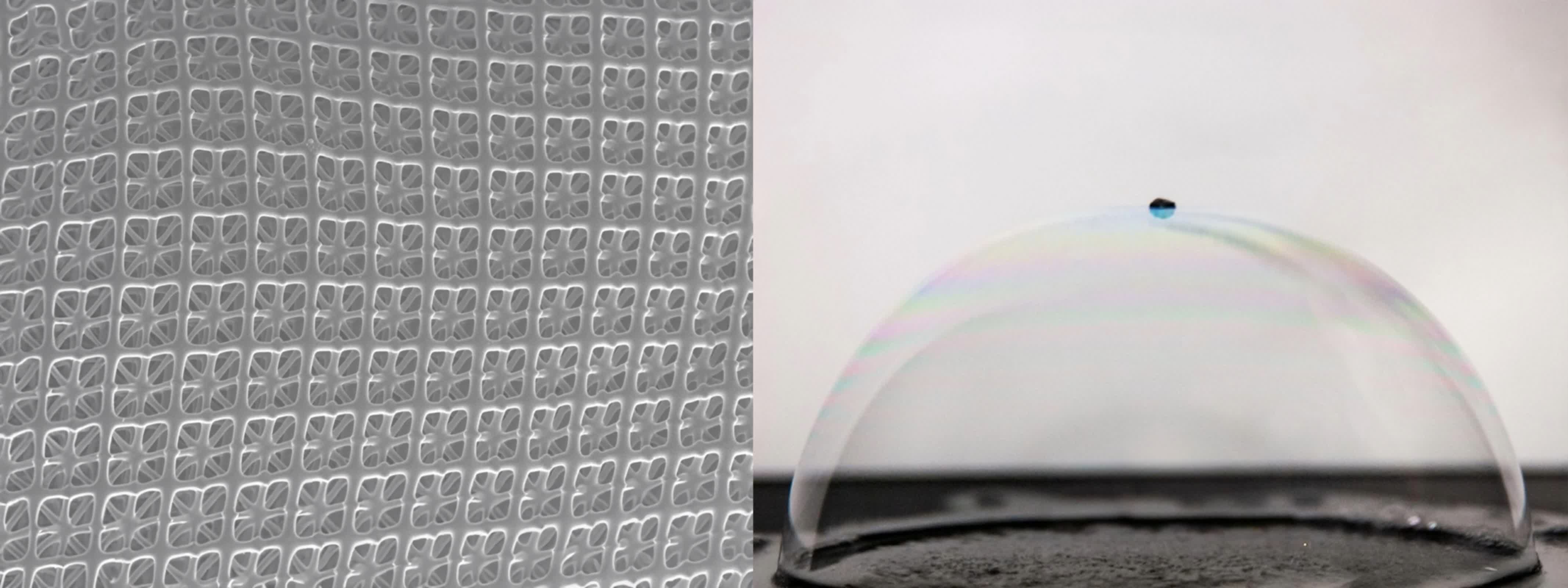What just happened? Researchers at the University of Toronto's Faculty of Applied Science & Engineering have harnessed the power of machine learning to create nanomaterials that combine carbon steel's strength with Styrofoam's lightness. This development can significantly impact industries ranging from automotive to aerospace.

The research team, led by Professor Tobin Filleter, has engineered nanomaterials that offer unprecedented strength, weight, and customizability. These materials are composed of tiny building blocks, or repeating units, measuring just a few hundred nanometers – so small that over 100 lined up would barely match the thickness of a human hair.
The researchers used a multi-objective Bayesian optimization machine learning algorithm to predict optimal geometries for enhancing stress distribution and improving the strength-to-weight ratio of nano-architected designs. The algorithm only needed 400 data points, whereas others might need 20,000 or more, allowing the researchers to work with a smaller, high-quality data set. The Canadian team collaborated with Professor Seunghwa Ryu and PhD student Jinwook Yeo at the Korean Advanced Institute of Science & Technology for this step of the process.
This experiment was the first time scientists have applied machine learning to optimize nano-architected materials. According to Peter Serles, the lead author of the project's paper published in Advanced Materials, the team was shocked by the improvements. It didn't just replicate successful geometries from the training data; it learned from what changes to the shapes worked and what didn't, enabling it to predict entirely new lattice geometries.
The team used a two-photon polymerization 3D printer to create prototypes for experimental validation, building optimized carbon nanolattices at the micro- and nano-scale. The team's optimized nanolattices more than doubled the strength of existing designs, withstanding stress of 2.03 megapascals for every cubic meter per kilogram of density – about five times stronger than titanium.
The potential applications of these materials are vast. Professor Filleter envisions the aerospace industry building ultra-lightweight components for planes, helicopters, and spacecraft. The researchers estimate that replacing titanium components on an aircraft with this new material could save 80 liters per year for every kilogram of material replaced, helping to reduce the high carbon footprint of flying.
This project brought together diverse elements from material science, machine learning, chemistry, and mechanics, involving collaborations with international partners from Germany's Karlsruhe Institute of Technology, MIT, and Rice University. The next step is to improve the scale-up of these material designs. The team also plans to explore new matrices that push the material architectures to even lower density while maintaining high strength and stiffness.
Researchers used AI to build groundbreaking nanomaterials lighter and stronger than titanium